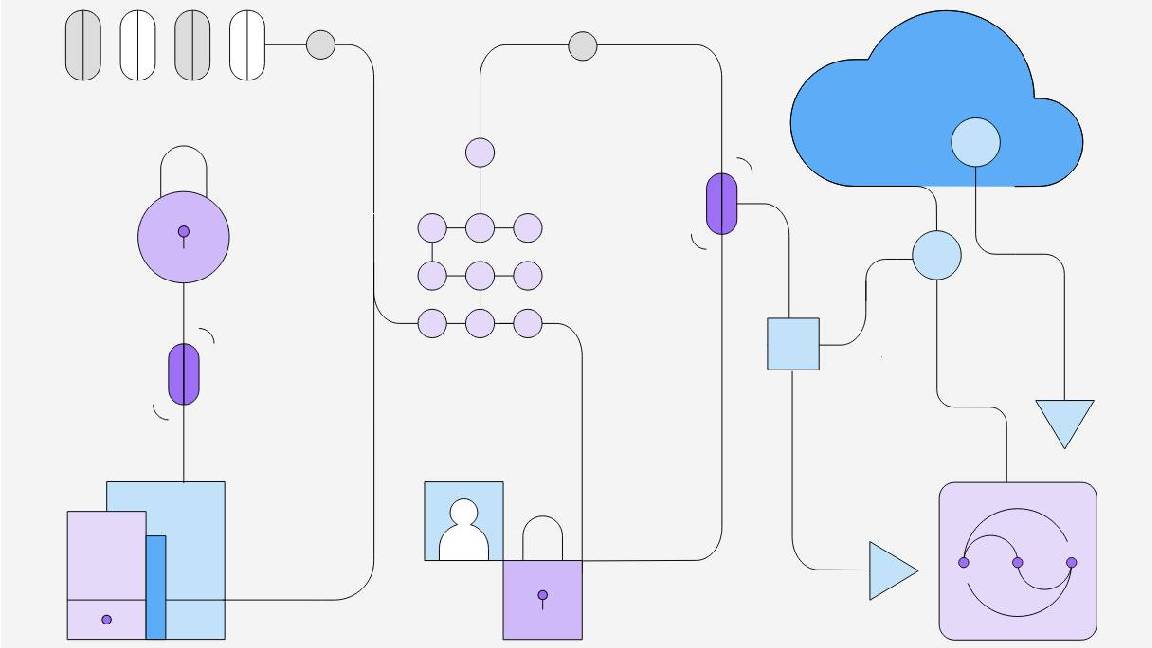Why IBM is splitting its business in two
While the focus on cloud may sound like a revolution, the old regime remains


Stop me if you’ve heard this one before: A giant of the tech industry with a history stretching back many decades and a footprint in most large organisations – and many smaller ones – finds itself struggling against the tide of digital transformation and the shift to cloud.
Despite its best efforts to reform its business over a number of years, IBM has taken the decision to split its company in two in the hope that, as separate entities, they can pursue more successful growth strategies than they could under one umbrella – but they will maintain close ties.
To be fair to IBM, the split it announced yesterday, which will see its managed infrastructure services unit spun off into a separate entity, is less fundamental than that of HP in 2015, which saw the creation of Hewlett Packard Enterprise and… HP. Nevertheless, it is meaningful.
It’s clear from the announcement that the centenarian company does very much want to capitalise on its strengths in AI and cloud, with Red Hat taking centre stage as an example of its excellence in the latter and talk of being “laser-focused on the $1 trillion hybrid cloud opportunity”.
Reading between the lines, however, it’s also clear that IBM has no intention of letting go of its core infrastructure heritage, either. While the paragraph on its Systems business is coated in a sweet layer of hybrid cloud, if you were to bite down you would find there’s a traditional hardware business still sitting at the core.
And why not? One of IBMs strengths is its enterprise hardware products and, when it comes to things like mainframe, it has very few competitors. While it may not be quite as sexy to talk about as more modern technologies, it’s still fundamental to many large organisations in lucrative areas like financial services.
What it won’t be doing any more, however, is managing that hardware. This new company will be fundamentally IBM’s managed infrastructure services business, packing up its belongings and striking out on its own. It makes sense for this business unit to become independent, too – multi-cloud and hybrid cloud are all about flexibility and choice and, while it’s promised the company will maintain “a strong strategic partnership with IBM”, it will be able to work more freely across all cloud vendors.
Get the ITPro daily newsletter
Sign up today and you will receive a free copy of our Future Focus 2025 report - the leading guidance on AI, cybersecurity and other IT challenges as per 700+ senior executives
The split is expected to be complete by the end of next year, which gives the branding teams and consultants 12 months to come up with an inspiring name for the new venture. Infrastructure Business Management Corporation, perhaps?

Jane McCallion is Managing Editor of ITPro and ChannelPro, specializing in data centers, enterprise IT infrastructure, and cybersecurity. Before becoming Managing Editor, she held the role of Deputy Editor and, prior to that, Features Editor, managing a pool of freelance and internal writers, while continuing to specialize in enterprise IT infrastructure, and business strategy.
Prior to joining ITPro, Jane was a freelance business journalist writing as both Jane McCallion and Jane Bordenave for titles such as European CEO, World Finance, and Business Excellence Magazine.
-
 M&S suspends online sales as 'cyber incident' continues
M&S suspends online sales as 'cyber incident' continuesNews Marks & Spencer (M&S) has informed customers that all online and app sales have been suspended as the high street retailer battles a ‘cyber incident’.
By Ross Kelly
-
 Manners cost nothing, unless you’re using ChatGPT
Manners cost nothing, unless you’re using ChatGPTOpinion Polite users are costing OpenAI millions of dollars each year – but Ps and Qs are a small dent in what ChatGPT could cost the planet
By Ross Kelly
-
 IBM and SAP expand partnership to drive generative AI capabilities
IBM and SAP expand partnership to drive generative AI capabilitiesNews The new Value Generation initiative aims to deliver greater client productivity gains through generative AI solutions
By Daniel Todd
-
 Driving business innovation through application modernization and hybrid cloud
Driving business innovation through application modernization and hybrid cloudwebinar Transform with IBM Z
By ITPro
-
 Building an intelligent, modern, sustainable enterprise
Building an intelligent, modern, sustainable enterpriseWhitepaper Accelerate your SAP transformation with IBM and AWS
By ITPro
-
 Tangible business value from cloud transformation remains elusive
Tangible business value from cloud transformation remains elusiveWhitepaper Discover the top five secrets to mastering cloud for business
By ITPro
-
 Cloud-enabled manufacturing
Cloud-enabled manufacturingWhitepaper Operations and IT leaders turn ambition into advantage
By ITPro
-
 DCIG: Top five enterprise Storage as A Service solutions
DCIG: Top five enterprise Storage as A Service solutionsWhitepaper Operations and IT leaders turn ambition into advantage
By ITPro
-
 Amplify business transformation with business intelligence
Amplify business transformation with business intelligenceWhitepaper Four key benefits of moving your operations to the cloud
By ITPro
-
 Cloud security breaches surge on a wave of stolen credentials
Cloud security breaches surge on a wave of stolen credentialsNews Cloud security attacks are growing in both scale and intensity, according to new research from CrowdStrike, with threat actors leveraging stolen credentials to devastating effect
By Steve Ranger